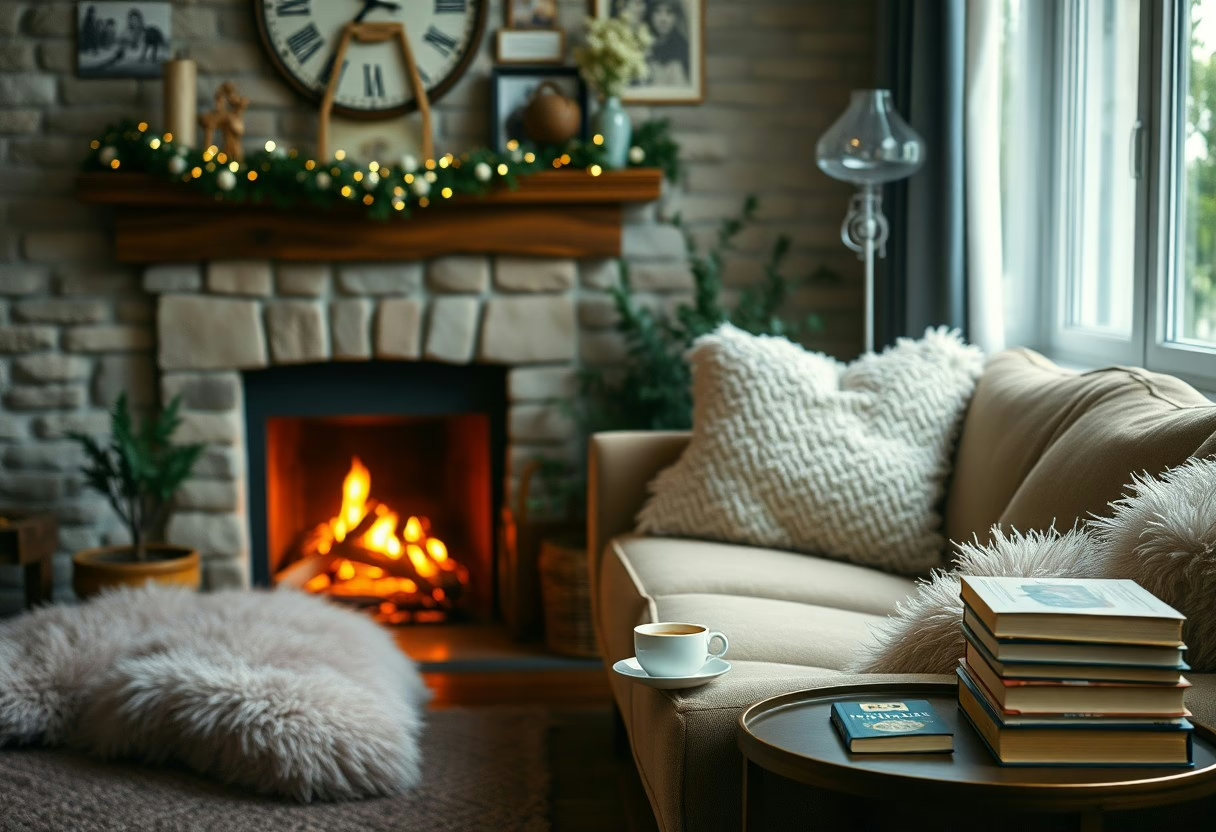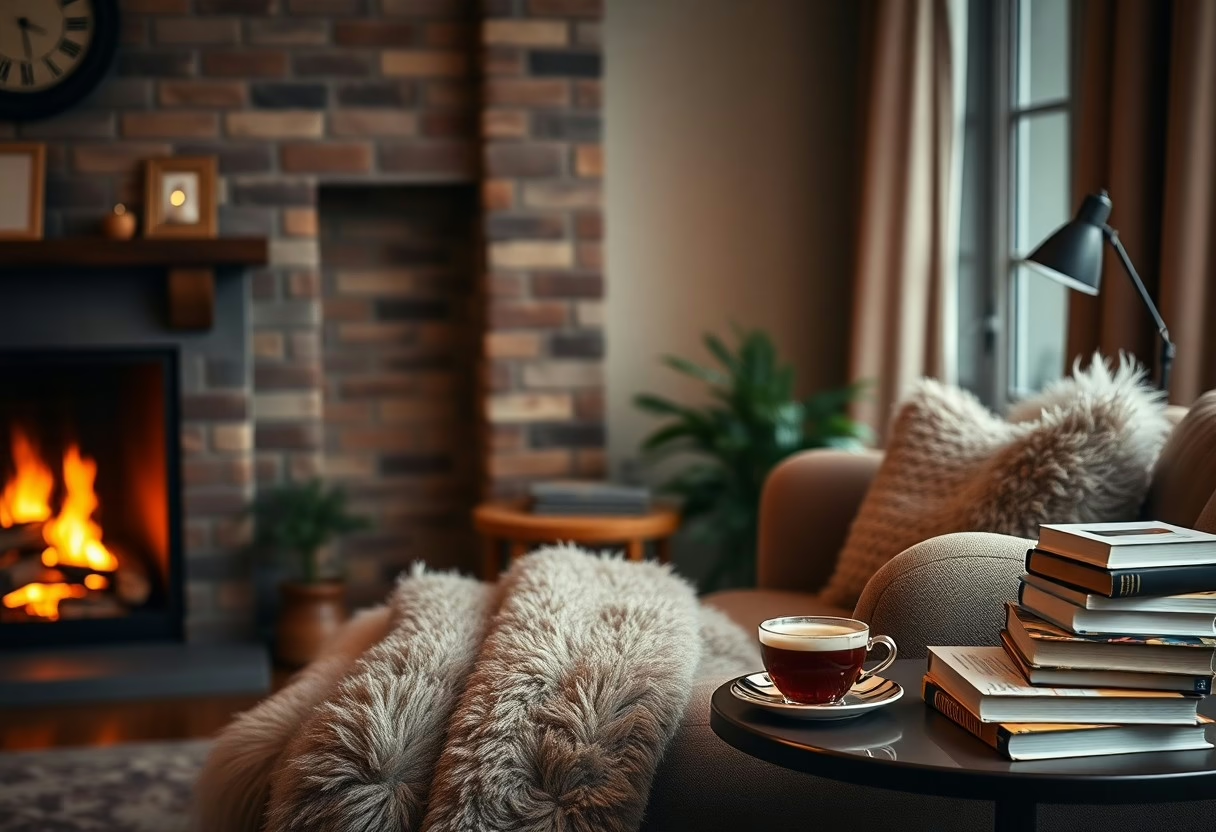The Art of Home-Based Wellness Retreats
In today’s fast-paced world, finding moments of tranquility doesn’t always require leaving your home. Creating a personal wellness retreat within your living space can provide the perfect escape for rejuvenation and self-care. This comprehensive guide explores how to transform your home into a sanctuary of peace and restoration, allowing you to experience the benefits of a wellness retreat without stepping outside your door.
Creating Your Sanctuary Space
The foundation of any successful home retreat lies in crafting an environment that promotes relaxation and renewal. This involves more than just tidying up – it’s about intentionally designing spaces that speak to all your senses and support your wellness journey. From lighting choices to textile selections, every element should contribute to an atmosphere of tranquility and restoration.
The Sensory Experience
A truly immersive home retreat engages all five senses through thoughtful environmental design. Visual elements set the foundation through soft, warm lighting from dimmed lamps or candles, while calming color schemes in blues, greens, and neutral tones create a peaceful atmosphere. Natural elements like plants and flowers bring life to your space, while decluttered areas promote mental clarity and focus. The auditory landscape plays an equally important role, with curated playlists featuring nature sounds, gentle instrumental music, or perhaps the subtle resonance of sound therapy tools like singing bowls. White noise machines can provide a consistent, soothing background that helps mask external disturbances.
Aromatherapy and Tactile Comfort
The power of scent in creating a retreat atmosphere cannot be understated. Essential oil diffusers with calming fragrances, natural incense, fresh herbs, and carefully selected scented candles can transform your space into an aromatic haven. The tactile experience should focus on comfort and luxury, incorporating plush throws, soft pillows, and quality textiles that invite touch and relaxation. Every surface should offer an opportunity for comfort, from comfortable seating areas to soft rugs that feel wonderful underfoot.
Nourishing Body and Soul
The taste experience of your retreat should focus on mindful consumption and nourishment. Prepare herbal teas and infused waters that both hydrate and calm. Consider creating a menu of healthy, nourishing snacks and meals that support your wellness goals while delighting your palate. Fresh fruits and vegetables can provide both nutritional value and sensory pleasure, while the act of mindful meal preparation becomes part of the retreat experience itself.
Creating Your Retreat Schedule
Structure provides purpose to your home retreat while maintaining flexibility for spontaneity. Begin your day with gentle morning rituals that might include stretching, meditation, or journaling. These early hours set the tone for your retreat experience, allowing you to connect with your intentions for the day. As the afternoon unfolds, engage in activities that nourish your spirit, whether through reading, creative pursuits, or light exercise. Evening hours should focus on unwinding and preparation for restorative sleep, perhaps including relaxing bath rituals and gentle skincare routines.

DIY Spa Experience
Transform your bathroom into a luxury spa setting by creating an environment that caters to deep relaxation and rejuvenation. Begin by gathering high-quality aromatic bath products, natural face treatments, and nourishing body care items. Prepare your space by adjusting the lighting to a soft, warm glow and ensuring the temperature is comfortably warm. The addition of calming music and essential oil diffusion can elevate the experience to rival any professional spa. Keep warm, fluffy towels within reach, and consider preparing a robe or comfortable clothing for after your treatments.
Digital Detox Integration
One of the most crucial aspects of creating a true retreat experience is establishing healthy boundaries with technology. Consider designating certain areas of your home as technology-free zones during your retreat time. This might mean keeping your bedroom free from devices or creating a specific schedule for checking messages. Having alternative activities planned can help ease the transition away from screens, allowing you to fully immerse yourself in the retreat experience. Clear communication with friends and family about your availability during this time can help maintain these boundaries without causing undue stress.
Mindfulness and Meditation
The practice of mindfulness forms a cornerstone of any effective wellness retreat. Creating dedicated time for meditation can significantly enhance your retreat experience. Begin with simple breathing exercises, gradually expanding into longer meditation sessions as you become more comfortable. Body awareness practices can help release tension and promote deeper relaxation, while walking meditation offers a way to maintain mindfulness while moving. These practices can be woven throughout your day, creating moments of peace and presence.
Movement and Exercise
Physical activity during your retreat should focus on gentle, mindful movement that supports relaxation rather than intense exercise. Flowing yoga sequences can help release physical tension while calming the mind. Simple stretching routines maintain flexibility and promote body awareness, while tai chi movements offer a meditative approach to exercise. Light walking, especially if you have access to a garden or peaceful outdoor space, can provide both physical activity and an opportunity for reflection.
Creating Lasting Impact
The true value of a home wellness retreat lies not just in the immediate experience but in how it influences your daily life moving forward. Consider which elements of your retreat particularly resonate with you and how they might be incorporated into your regular routine. This might mean maintaining aspects of your sanctuary space, continuing with brief daily meditation practices, or scheduling regular mini-retreats. The skills and awareness developed during your retreat time can serve as valuable tools for managing daily stress and maintaining overall wellbeing.
Final Thoughts
Creating a home-based wellness retreat offers a sustainable approach to self-care and rejuvenation that can be customized to your specific needs and preferences. By thoughtfully designing your environment and implementing these strategies, you can create a sanctuary that supports your wellbeing whenever you need it. Remember that the most effective retreats reflect your personal preferences and needs, so feel free to adapt these guidelines to create your perfect escape at home. The investment in creating such a space pays dividends in improved wellbeing and enhanced life quality, making it a worthwhile endeavor for anyone seeking to prioritize their personal wellness journey.


